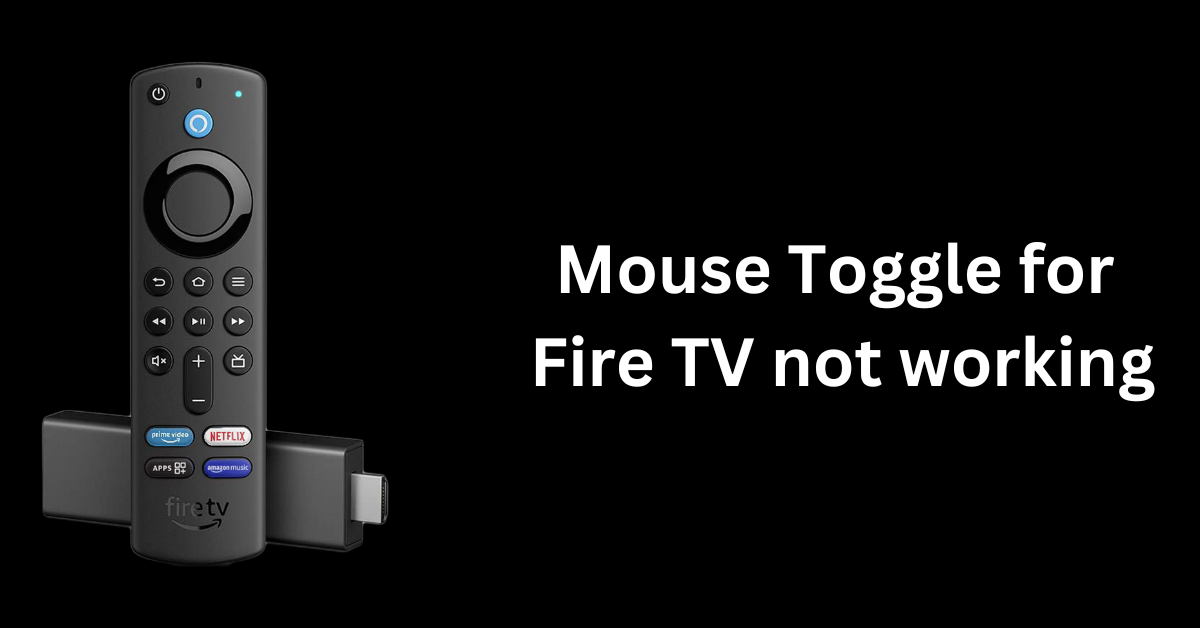The Evolution of IPTV: From Past to Present
Introduction:
IPTV, or Internet Protocol Television, has come a long way since its inception. From its early days as a niche technology to its current status as a mainstream form of entertainment, IPTV has transformed the way we consume media. In this article, we will explore the evolution of IPTV from past to present, looking at how it has grown and changed over the years.
IPTV Past:
IPTV first emerged in the late 1990s as a way to deliver television content over the internet. Originally, it was used primarily in corporate settings for internal communications. However, as internet speeds improved and technologies evolved, IPTV began to gain popularity as a consumer product.
The early days of IPTV were characterized by clunky interfaces, limited content options, and unreliable streaming quality. Users often experienced buffering issues and poor video resolution, making it a less than ideal viewing experience. Additionally, the technology required specialized equipment and technical know-how, further limiting its reach.
Despite these challenges, IPTV continued to grow in popularity, driven by the desire for on-demand content and the convenience of streaming services. As more and more consumers cut the cord on traditional cable and satellite providers, IPTV became an attractive alternative.
IPTV Present:
Today, IPTV has evolved into a sophisticated and user-friendly form of entertainment. With the rise of streaming services like Netflix, Hulu, and Amazon Prime Video, IPTV has become a mainstream option for consumers looking to access a wide range of content on their terms.
Modern IPTV services offer high-definition streaming, on-demand content, and interactive features like personalized recommendations and multi-screen viewing. Users can access IPTV on a variety of devices, including smart TVs, smartphones, tablets, and streaming boxes, making it more accessible than ever.
One of the key advantages of IPTV is its ability to deliver content over the internet, which allows for greater flexibility and customization. Providers can offer tailored packages to meet the needs of individual users, allowing them to choose the channels and content they want without paying for unnecessary extras.
Benefits of IPTV:
- Access to a wide range of content
- On-demand viewing options
- High-definition streaming quality
- Personalized recommendations
- Multi-screen viewing capabilities
- Customizable packages
Practical Tips for Using IPTV:
- Check your internet connection speed to ensure smooth streaming
- Use a wired connection for the best performance
- Update your streaming device regularly to access new features and improvements
- Explore different IPTV providers to find the best fit for your needs
- Take advantage of interactive features like personalized recommendations
In conclusion, the evolution of IPTV has been marked by significant advancements in technology, content offerings, and user experience. From its humble beginnings as a niche technology to its current status as a mainstream form of entertainment, IPTV has come a long way. As consumers continue to demand more flexibility and customization in their viewing experience, IPTV is poised to remain a key player in the ever-changing media landscape. Whether you’re a casual viewer looking for on-demand content or a dedicated fan seeking the ultimate entertainment experience, IPTV has something to offer for everyone.













